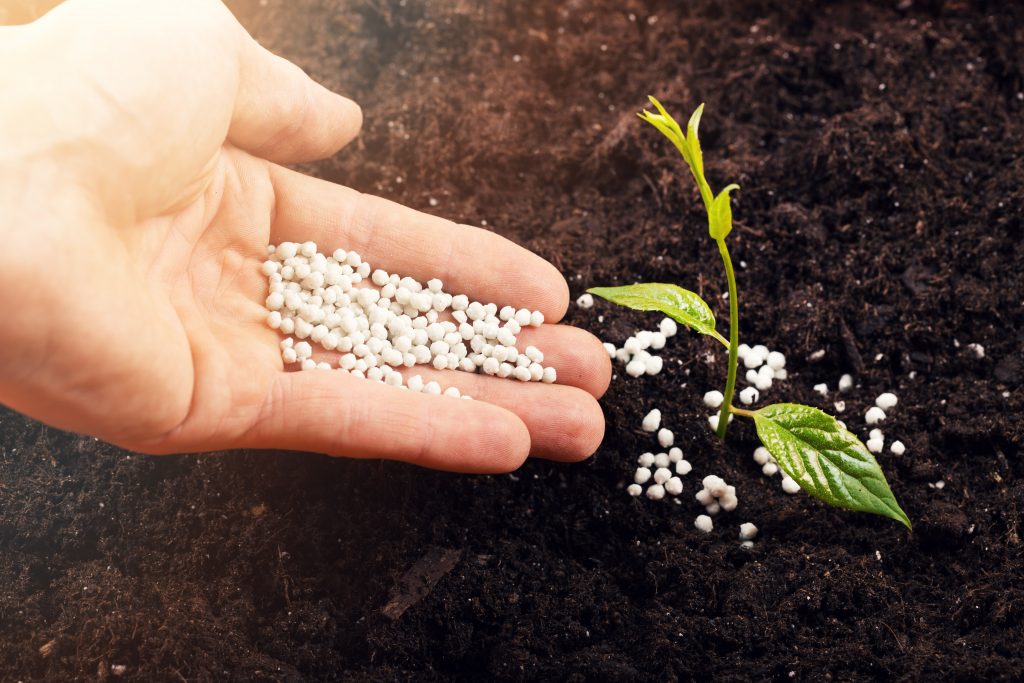
By Clint Thompson
Nutrient management in Florida’s vegetable and specialty crop fields is a process. In fact, if growers don’t implement the 4Rs strategy – right rate, right source, right placement and right timing – they risk not applying the right amount and losing essential nutrients to the environment.
“By just having a seasonal number, let’s say the fertilizer recommendation is 200 pounds per acre per season; that doesn’t tell you what to put, how to put it, where to place it in the field and what source to use. The 4Rs are an expansion and more detail on how to accomplish that recommendation,” Eric Simonne, University of Florida/IFAS Northeast Extension District Director.
Source and Rate
The Right Source is related to various factors: What source of nutrient would be the least expensive? When should a controlled-release fertilizer be used? What sources can deliver multiple nutrients at the same time?
The Right Rate involves achieving a certain amount of nutrients, partly from the soil and the remainder from synthetic or organic fertilizers. But the first step in knowing how much is to apply is a proper soil test. It can determine what nutrients are already in the soil and what needs to be added.
Timing and Placement
The Right Timing takes into consideration the growth of a specific crop and its natural changes in nutrient demand over the course of a season. If farmers understand the growth pattern of their crop, that it increases through fruiting and slows at maturation, they can anticipate changes and what nutrients are needed.
If producers hope to achieve maximum nutrient efficiency, nutrients need to be placed where the plants have the best access to them. The Right Placement for most crops is in the root zone. But according to Simonne, that differs for a young plant compared to a more maturing one.
“What we try to fight the most is, when the plants are small and roots are small, putting a lot of fertilizer in the bed or in the field that they can’t reach. That’s why you have the greatest risk of fertilizer loss. Once you have a grownup corn plant (for example) that has a root system that goes three or four feet deep, you have some space to play with where the fertilizer can move, and the plants can take it. But when you have a little bitty plant that has a root about two inches long, that can only access the fertilizer there, the biggest time to make progress is really at the beginning of the season or even pre-plant where the fertilizer is just sitting there,” Simonne added.









